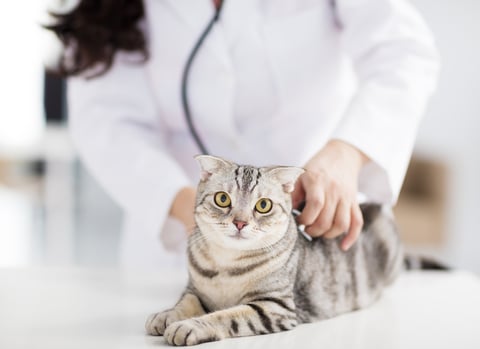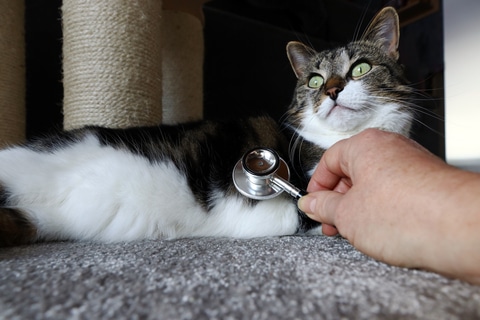

Cat Care Guide: Common Cat Diseases to Watch Out For
We all know that cats are furry little creatures with big personalities. But, many people don't know much about the many diseases they can catch. In this blog post, we're going to take a look at some of the most common cat diseases out there and what you should know about them.
What’s excellent about pet cats is how they can be low maintenance. Cats are highly independent animals, and they can take care of themselves. However, they can still get sick, and not many owners may notice it right away. This article will enumerate the most common cat health problems, so you know what to watch out for and take immediate action.
The Most Common Health Problems Cat Experiences
1. Vomiting
The most common reason for cat vomiting would be due to hairballs, but various other reasons make this possible. For example, cats can also vomit because of infections, diabetes, urinary tract disease, or the consumption of unsafe things.
Symptoms include drooling and abdominal heaving. If you want to understand the seriousness of your cat’s vomiting, collecting a sample and taking it to the vet can help them proceed with a diagnosis.
When your cat vomits, make sure to call your vet immediately and ask for their recommendations. Vomiting can leave a cat feeling dehydrated, and you should prevent that from happening.
2. Fleas
Fleas are another common feline health problem. The great news is that it is also the fastest to treat. Here are some signs that tell your cats to have fleas:
- You see tiny black dots on their skin, which is usually flea dirt.
- You catch them constantly scratching themselves.
- They lick their fur more frequently than usual.
- They experience hair loss.
- You notice redness or irritated skin.
Aside from irritable feelings, your cat can suffer anemia if the condition becomes severe. You can easily treat fleas at home using the many flea treatments available.
3. Diabetes

Cats can also suffer from diabetes. This disease occurs when they lack the insulin they need. Type 1 refers to the lack of insulin production, and Type 2 diabetes means they cannot create hormones independently or have a problem with their insulin production.
Here are the symptoms to help you determine that your cat is suffering from diabetes:
- They consume a lot of water.
- They still feel dehydrated after drinking a lot of water.
- They frequently urinate.
- They showcase lethargic behavior.
- They suffer from urinary tract infections a lot.
Just like in humans, you can control this illness as long as the situation is managed well from the start.
4. Feline Lower Urinary Tract Diseases (FLUTD)
Cats who are overweight or unfit can get FLUTD or Feline Lower Urinary Tract Disease. Some other causes could be stress, sudden changes in their living condition, and living with other cats. The problem manifests when your cat is having a hard time urinating.
If you notice any of these symptoms, call your vet immediately:
- They strain when they attempt to urinate.
- They urinate in unusual places.
- They cry or make sounds when they urinate.
- They clean or lick their urinary area, often to relieve themselves from the pain.
- They appear depressed.
- They become hydrated.
- They lack appetite.
- They start to vomit.
- They have bloody urine.
Conclusion
If you think your cat is experiencing any of these ailments or diseases, do not panic. Bring your cat to the vet as soon as possible to confirm and find out what you should do next. Regular check-ups can also prevent conditions from worsening. In addition, your vet can immediately inform you if something is wrong and what you can do to improve their situation.
Tune in to this site for more helpful and educational cat articles. The Pets People is your source of practical and real-life ideas, training tips, and product reviews to make your pet care better. We can serve as your solid library of comprehensive content, not just for cats but for other animals as well. Stay connected with us through our social media accounts.
Discover how to create a joyful, healthy home for your pet.
Subscribe to your weekly rundown of practice, real life ideas and training tips straight to your inbox.


